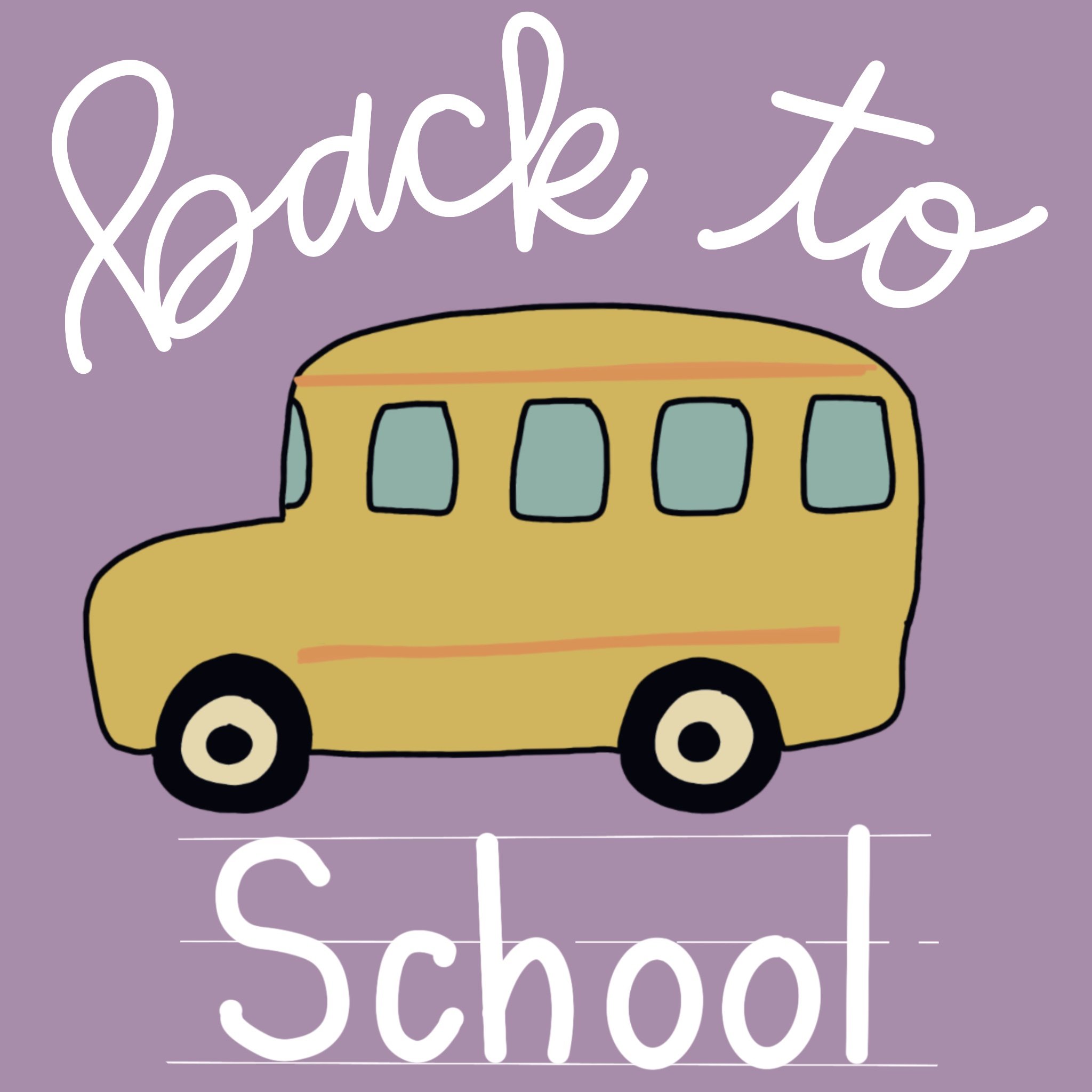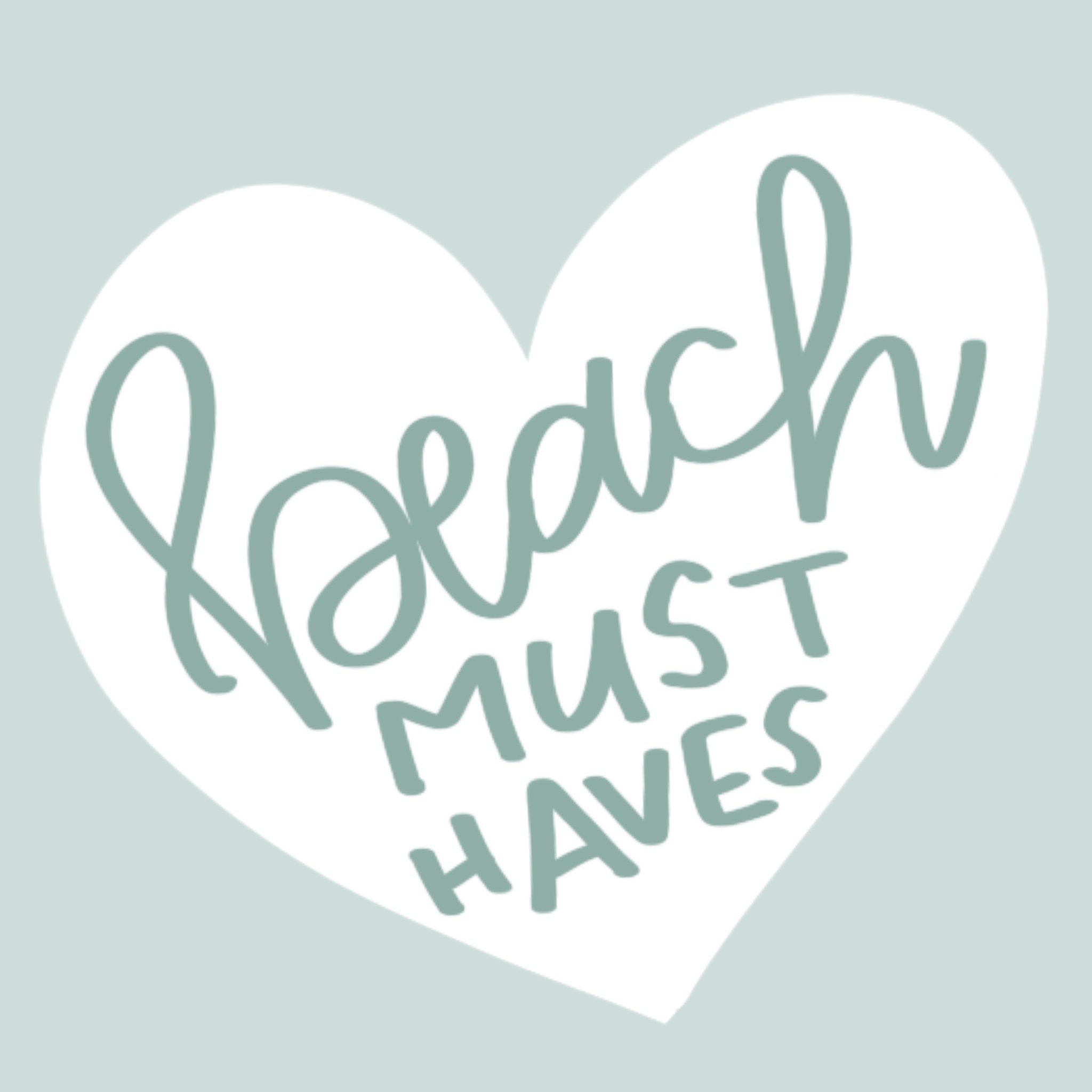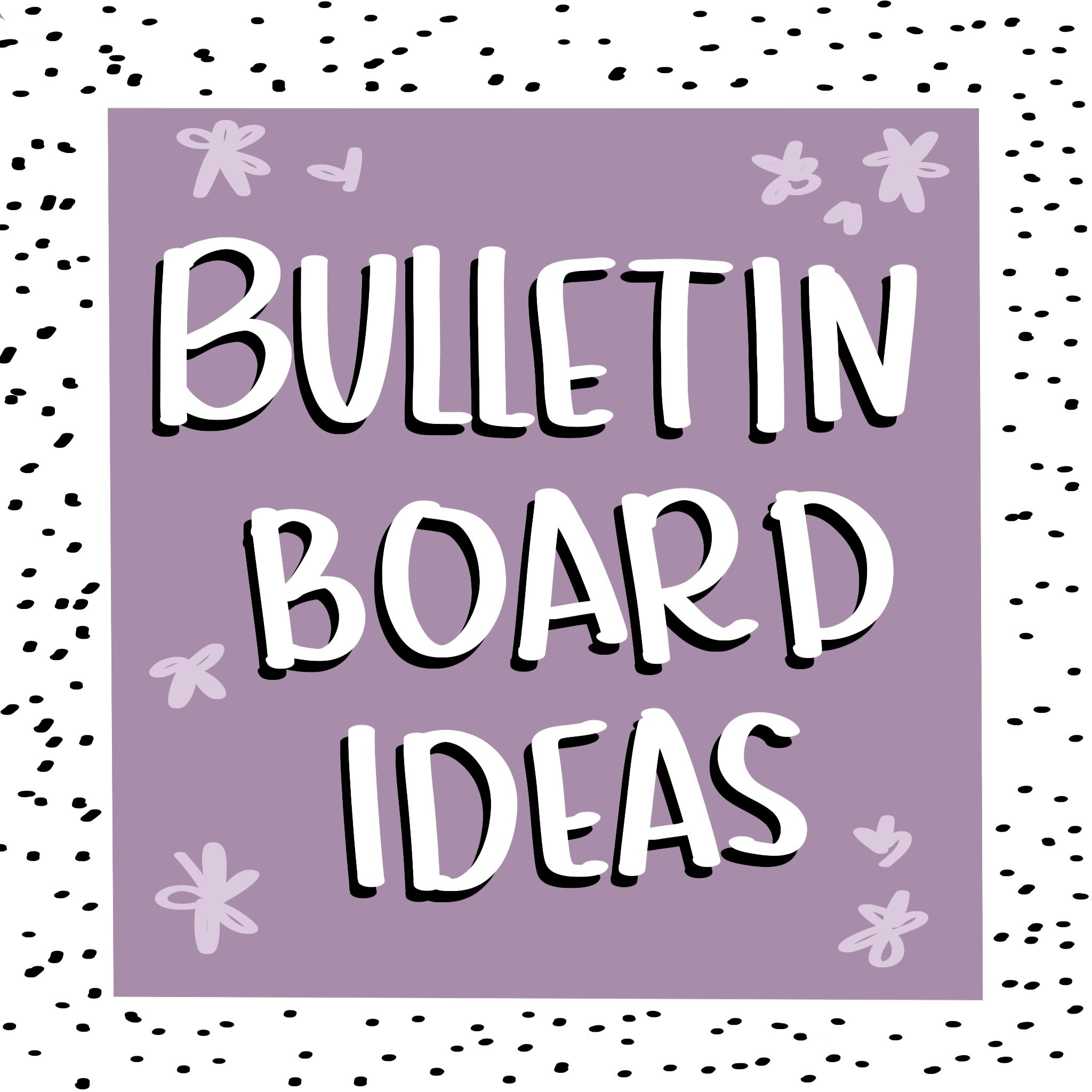What are some tips for setting up a classroom library?
There’s nothing like teaching a seamless reading lesson then sending students off to apply that skill with their independent reading books… only to see 5 hands shoot up in the air followed by a “I finished my book, what do I read now?”
Ugh.
Like, yes, I am indeed glad you’ve finished your book, but I can’t send a fourth of my class down to the school library every day. 1) I’m sure the librarian would not appreciate that and 2) the amount of time caught up in the travel/looking/meandering is pretty much all of independent work time.
Enter the Classroom Library: a collection of books YOU can personalize to fit your grade, class personality, units of study, and more!
Some districts and schools will provide these for you, but I find most teachers like to add to the collection or completely curate it.
Here are just a few of my tips and must-haves when working on your own classroom library:
Note: A perk of a classroom library is that you are in total control and for the most part, there is no ONE right way to organize it. I have changed mine many times over the years! So, here are just some of the ideas that have worked for me…
Classroom Library Tips: The 3 S’s
How to Store Classroom Library Books:
Depending on your classroom layout, you can display your library books outward facing or spines out - I’ll show you some examples below.
PICTURE BOOKS
For picture books, I love bins like these so students can always see the covers when making a selection.
(Image Credit: LearningInWonderland.com)
CHAPTER BOOKS
For chapter books, you can go with bins similar to the picture book layout, or I’ve found DVD shelves are a great size for display. One “Pro” for tubs is that they usually come with lids. So, when you go to store the books for summer, you can just lay them flat and pop the lid on.
(Image Credit: teachcreatemotivate.com)
How to Sort Classroom Library Books:
Cue the debate… I am on team “Sort Books Like the Library Sorts” as opposed to Reading Levels. Not only does sorting by reading level potentially prevent students from finding books that actually interest them, but it can also be embarrassing, limiting, and divisive. Instead, try supporting students with strategies for checking a book to make sure it’s a good fit for them - just as you would if you went to the library! (This could be as simple as suggesting they read the first page… if they have to sound out 5 or more words, it’s probably not going to be enjoyable to read.)
Fiction Shelving
Instead of sorting books by reading levels, I mirror the library sorting method. Fiction is organized by author’s last name or series, and nonfiction is sorted by subject. I use a lot of pictures and labels to make it easier for students to put books back in the correct location.
(Image Credit: Pinterest)
NonFiction Shelving
This is a great example for nonfiction shelving with pictures (yay!)
(Image Credit: thebookwrangler.com)
How to Shop for Classroom Library Books:
So how do you fill a classroom library without breaking the bank? (I’m looking at you, Barnes and Noble… even though I love you…) My favorite go-to options are:
Garage Sales (Especially during the summer when retired teachers are cleaning out their libraries and parents are spring cleaning)
Ask around (Whether in a facebook post or ask teachers that are retiring from the building, you never know if someone is looking to offload books!)
Public Library Sales (Most public libraries will have something like a “Friends of the Library” sale once or twice a year where you can find great deals. Just contact your local branch to find out!)
Buy Nothing Facebook Groups and Facebook Marketplace
Dollar Store (So… they still cost a dollar, but that’s not a terrible price for some books!)
Scholastic Book Points (check the dollar books and discounted series)
Ebay (again, check for those retired teacher sales or parents selling books their children have outgrown)
Used Book Stores (Some have great deals!)
Grants (Keep your ear out - these can be at a district level, a school level with your PTO/PTA, or on platforms like DonorsChoose. DonorsChoose is how I built over half of my library!)
Amazon Wish Lists (These are great to create and share with parents and friends each year. Students can even make suggestions on what to add.)
Happy shopping!
Note: If you buy something through our links, we may earn an affiliate commission at no cost to you. Don’t worry. We only recommend things we truly like and want to share with you. Thanks so much for your support!







